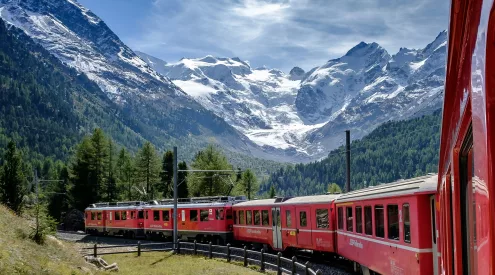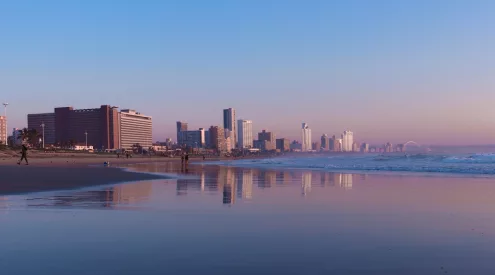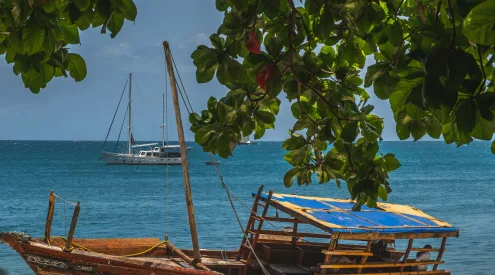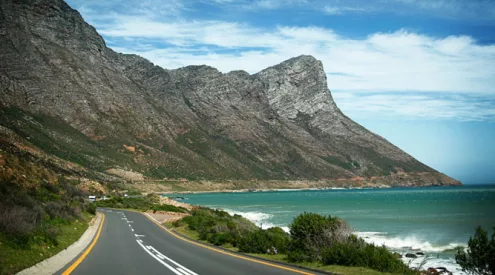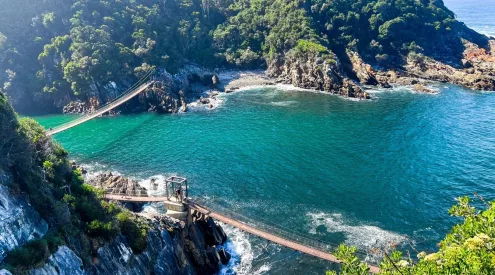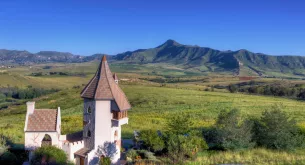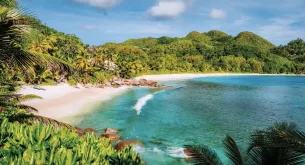While the masses chase summer sun and high-season hype, the savvy few know that real magic happens off-peak, when destinations slow down and show their true character.
Travelling off-season isn’t just about saving money; it’s about experiencing places on their own terms, without the filter of mass tourism. From misty canals in Italy to snow-dusted temples in Japan, here are ten destinations where travelling off-season brings unexpected rewards.
Venice, Italy — November to February

Ricardo Gomez Angel/Unsplash
Forget the postcard clichés of summer gondolas and selfie crowds. In winter, Venice reveals its quieter, more poetic side. Morning fog rolls over the canals, lending the city a dreamlike stillness. Museums and basilicas feel more intimate, and hotel rates drop dramatically. Even a gondola ride becomes more affordable. February brings the ornate Carnevale, offering a burst of colour and festivity without the intensity of summer tourists.
Kruger National Park, South Africa — May to July

Martijn Vonk/Unsplash
While most travellers aim for the hot summer months, Kruger’s dry winter season is a hidden gem. Vegetation thins out, making wildlife easier to spot near shrinking waterholes, and the cooler temperatures are ideal for game drives. There are fewer insects, and the risk of malaria is reduced. The crowds thin, allowing for quieter lodges and more personal sightings—the ultimate way to safari in peace.
Kyoto, Japan — Late Winter (December–February)

Cosmin Georgian/Unsplash
Most visitors flock to Kyoto for the cherry blossoms or autumn leaves, but winter brings its own enchantment. Temples and shrines sit peacefully beneath a dusting of snow, creating a minimalist, almost meditative landscape. The lack of tourists allows for quieter moments at iconic spots like Fushimi Inari or Arashiyama. Winter also means warm bowls of ramen, traditional nabe hot pots, and cosy teahouses with views of snowy gardens.
ALSO READ: Natural phenomena that feel like magic
New Zealand — June to August

Dan Freeman/Unsplash
Off-season in New Zealand means winter, but that’s no reason to stay away. If you love adventure without queues, it’s the perfect time to visit. Queenstown becomes a hub for snow sports, while Rotorua’s geothermal hot springs offer warmth and relaxation. The roads are quieter, meaning road trips through the North or South Islands are smoother and more scenic. You’ll still see lush landscapes—just with more mist, mood, and magic.
Namibia — April, May and October

M Oros/Unsplash
The best times to visit Namibia during the shoulder seasons are April, May, and October. April and May follow the rainy season, transforming the desert into a surprisingly lush landscape, perfect for photography and wildlife viewing. October, just before the summer heat peaks, offers dry, warm days ideal for exploring. Travelling during these months means fewer crowds, more availability at top lodges, and potential discounts — all without sacrificing the country’s dramatic scenery and safari magic.
Greek Islands — Spring and Autumn

Johnny Africa/Unsplash
Greece’s sunlit landscapes, timeless ruins, and fresh, flavourful cuisine make it a top favourite among travellers. While summer brings crowds to both the mainland and islands, the shoulder seasons offer a more relaxed way to explore. Between the buzz of summer and the hush of winter, spring (April to June) and autumn (September to October) deliver warm beach days, vibrant village life, and fewer tourists — all with the same postcard-worthy charm.
Patagonia (Chile & Argentina)

Patagonia’s landscape is legendary — and so is its wind — but travelling just before or after peak summer offers a sweet spot. In April, the forests are tinged with autumn hues, while September marks the start of spring, when wildflowers begin to bloom. Trails are less congested, and there’s more availability in lodges and campsites. Though the weather can be unpredictable, the quiet makes it worthwhile — this is nature at its rawest.
Madagascar — May to October

Iako Randrianarivelo/Unsplash
May sits just after Madagascar’s rainy season and before the high-season influx. Madagascar’s dry season, running from May to October, is widely regarded as the best time to visit. Cooler temperatures and minimal rainfall make it ideal for outdoor adventures, from hiking through national parks to spotting lemurs and chameleons in their natural habitats. It’s also the perfect window for beach escapes, with clear skies and calm seas across the island’s coastal regions.
Canadian Rockies — Mid-September to mid-October

Lake Louise/Mark Koch/Unsplash
Autumn in the Rockies is a secret season. While summer sees peak tourism in Banff and Jasper, early October offers golden larch trees, quieter trails, and fewer tour buses. The air is crisp but still comfortable for hiking, and early snow on the peaks makes for striking photography. Accommodation becomes more flexible, and wildlife — including elk in rutting season — is still highly visible. It’s a time for reflection and raw natural beauty.
Morocco — March to May and September to November

Chefchaouen/Othman Alghanmi/Unsplash
Morocco’s off-season is a dream for those who prefer temperate exploration. Cities like Marrakesh, Fes, and Chefchaouen are far more enjoyable when you’re not battling 40°C heat. The Sahara is pleasantly cool, allowing for longer camel treks and more comfortable desert nights. You’ll also find better deals on riads, fewer people in the souks, and easier access to iconic sites like Aït Benhaddou or the Atlas Mountains—minus the crowds.
Tips for off-season travel
- Research seasonal closures — not everything stays open all year.
- Pack layers: The weather is often less predictable in shoulder seasons.
- Be flexible — some experiences may shift, but new ones often emerge.
- Engage with locals — they’ll have more time (and stories) outside of peak periods.
Follow us on social media for more travel news, inspiration, and guides. You can also tag us to be featured.
TikTok | Instagram | Facebook | Twitter
ALSO READ: The world’s most scenic public transport rides







